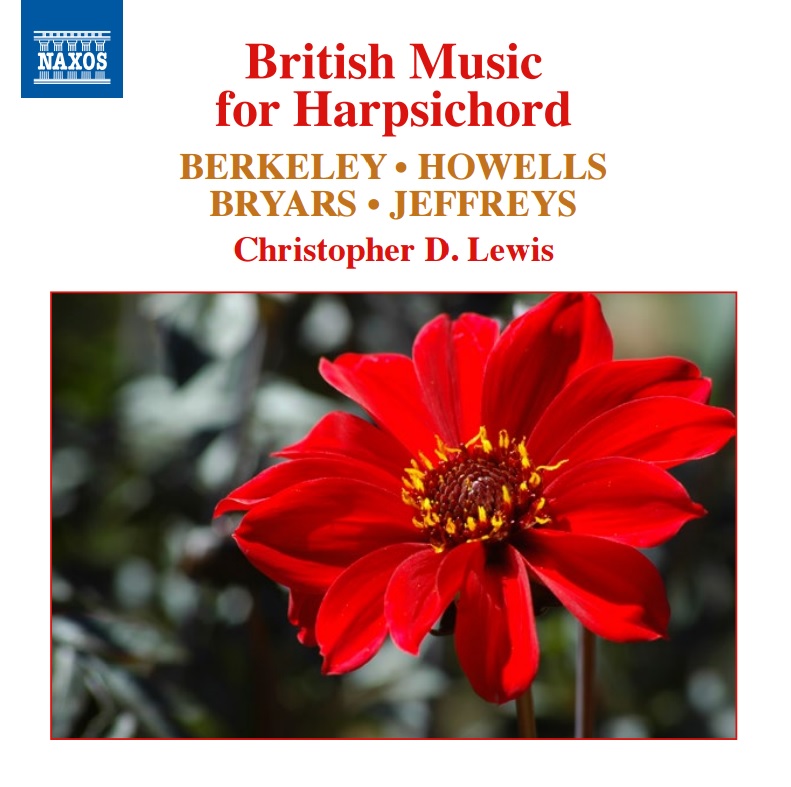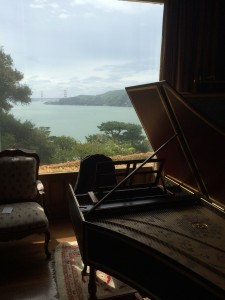British music for the modern harpsichord
Modern harpsichord advocate and Southampton PGR student Christopher D. Lewis tells us about his new recording on the Naxos label, based on his PhD research:
 My new recording British Music for Harpsichord, released at the beginning of this month, includes 20th-century and contemporary works by Lennox Berkeley, Herbert Howells, Gavin Bryars and John Jeffreys.
My new recording British Music for Harpsichord, released at the beginning of this month, includes 20th-century and contemporary works by Lennox Berkeley, Herbert Howells, Gavin Bryars and John Jeffreys.
Many eminent 20th-century composers have been fascinated by the expressive capabilities of the harpsichord, and this selection unites the instrument’s traditional idioms with progressive and highly personal sensibilities. Sir Lennox Berkley’s music evinces a distinctive French influence, while Howell’s Clavichord is a series of musical portraits of the composer’s distinguished friends. Gavin Bryars has deep roots in the avant-garde; his After Handel’s “Vesper” is virtuosic yet expressive, while John Jeffreys’ Four Little English Dances are delightful tributes to the harpsichord’s lyricism.
The recording is on Naxos 8.573668, and my other recordings of modern French harpsichord music and works by Philip Glass are also available on the Naxos label (8.573364 and 8.573146). I’ve just returned from San Francisco where I recorded 5 harpsichord sonatas and a 5-movement Serenade by American composer Vincent Persichetti, which were written over the span of some three decades. Like the British disc, this too was recorded on two different instruments, a majestic 1930s Pleyel Harpsichord and an exquisite historic reproduction instrument by Californian based builder, Kevin Fryer.
Christopher’s work on ‘The Making of the Modern Harpsichord’ project is funded by the AHRC under its Collaborative Doctoral Award Scheme, in partnership with the National Trust. This project is based at the National Trust owned Mottisfont Abbey in Hampshire, the childhood home of historical keyboard collector Raymond Russell. Its aims include preparing a history of harpsichord revival in the UK, concentrating on the period from the mid-1930s onward, and to determine how the reinvention of the harpsichord by its advocates—musicians, collectors, cataloguers, instrument makers—influenced contemporary creative practice as well as fostering projects of historical revival.


